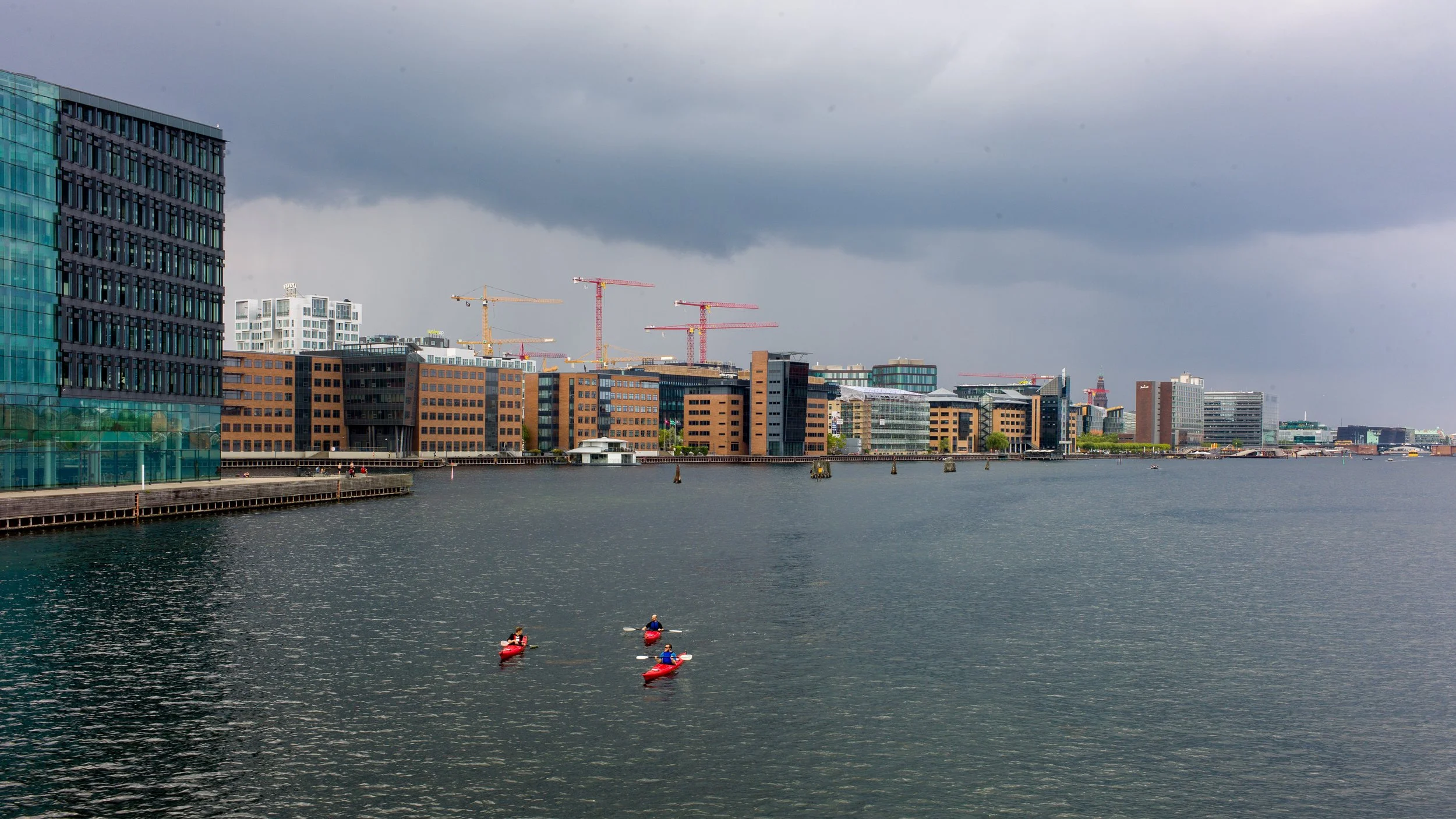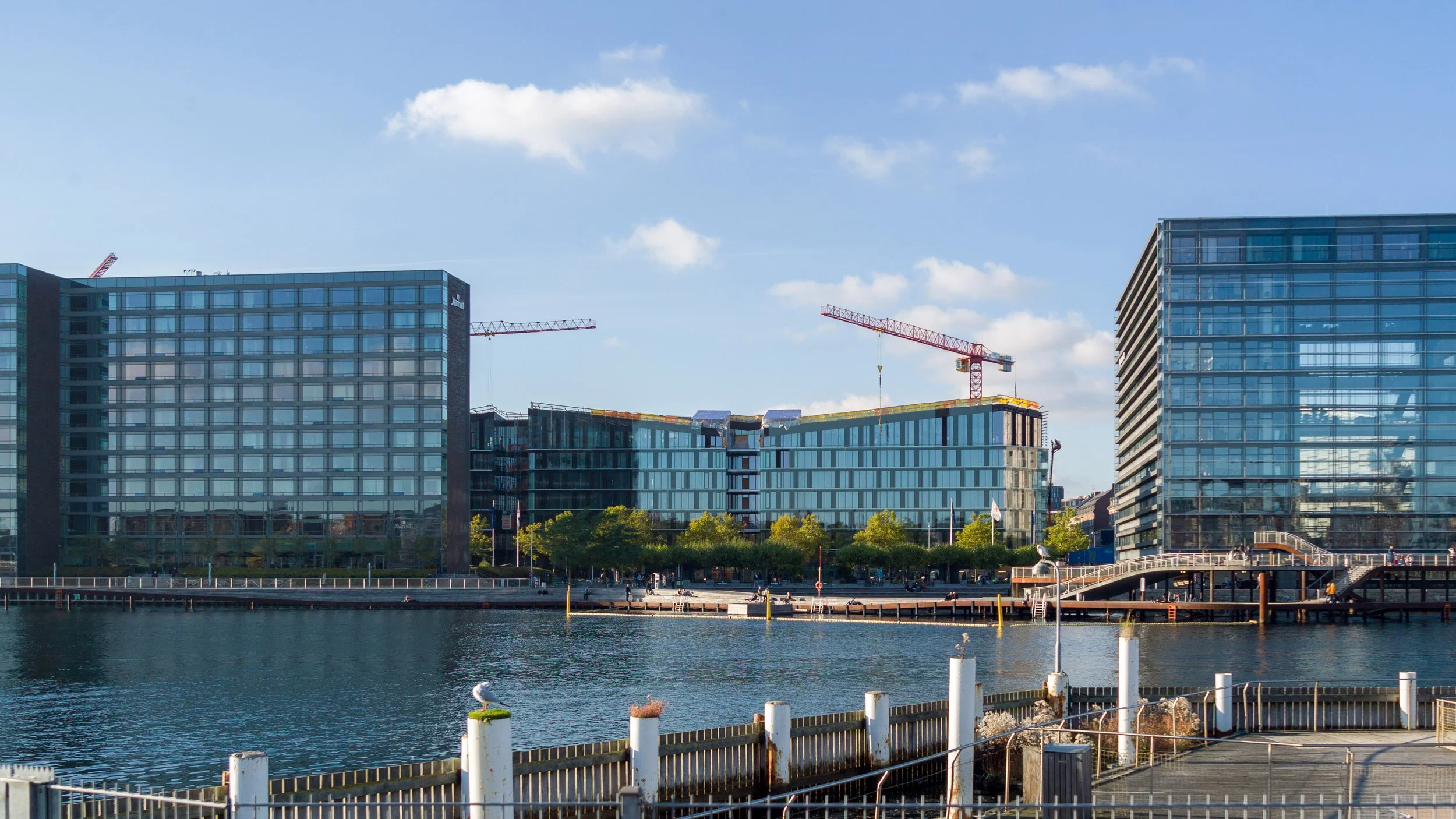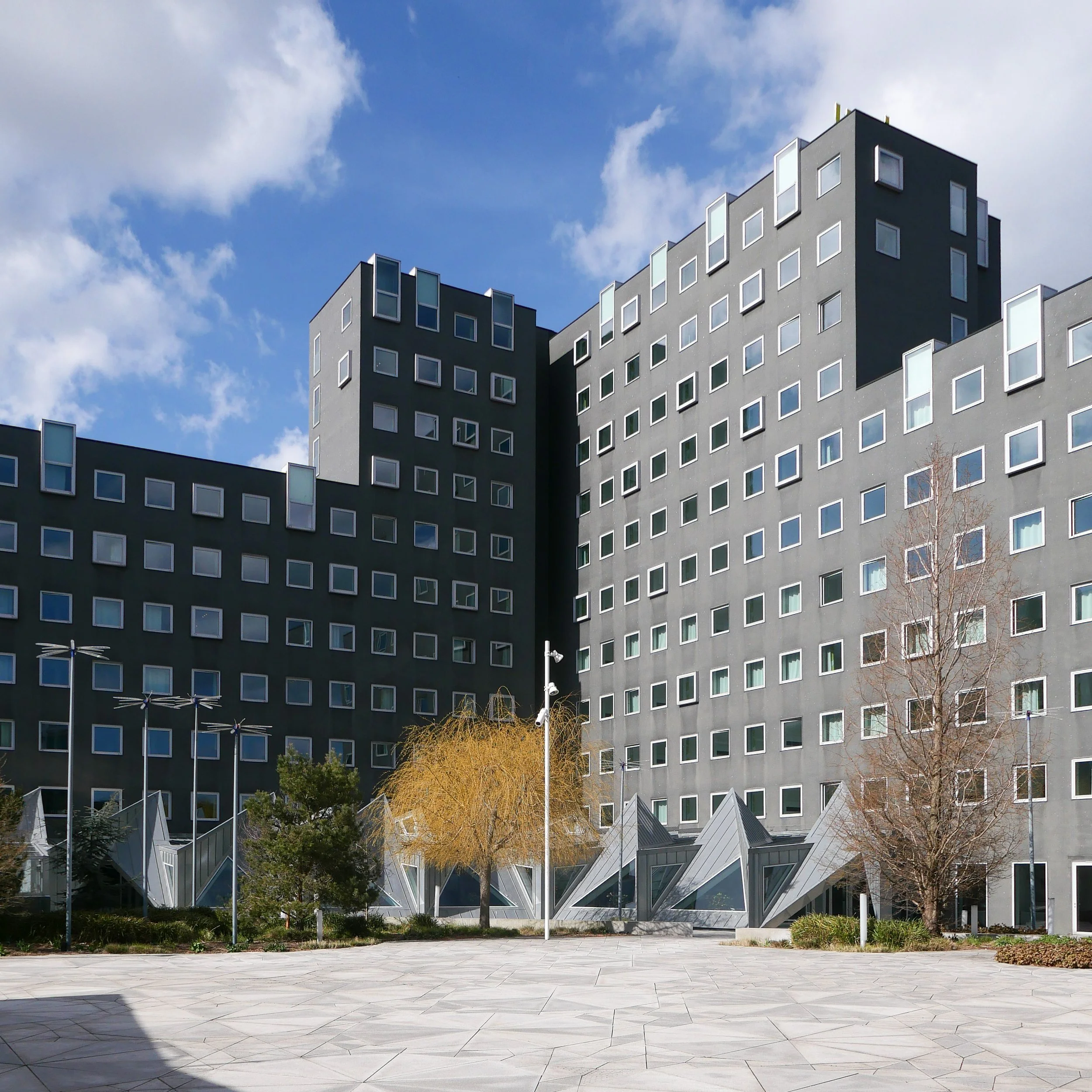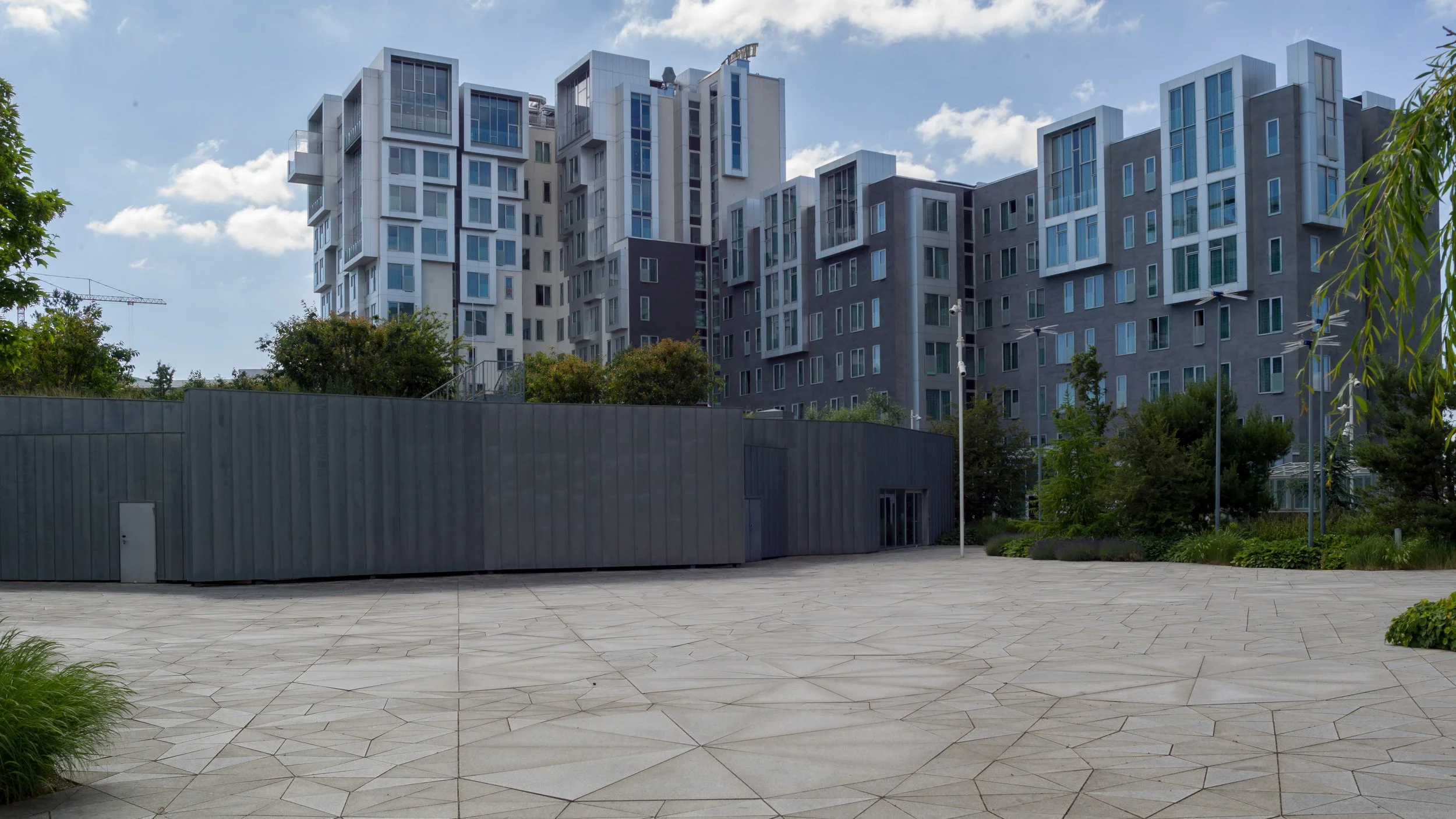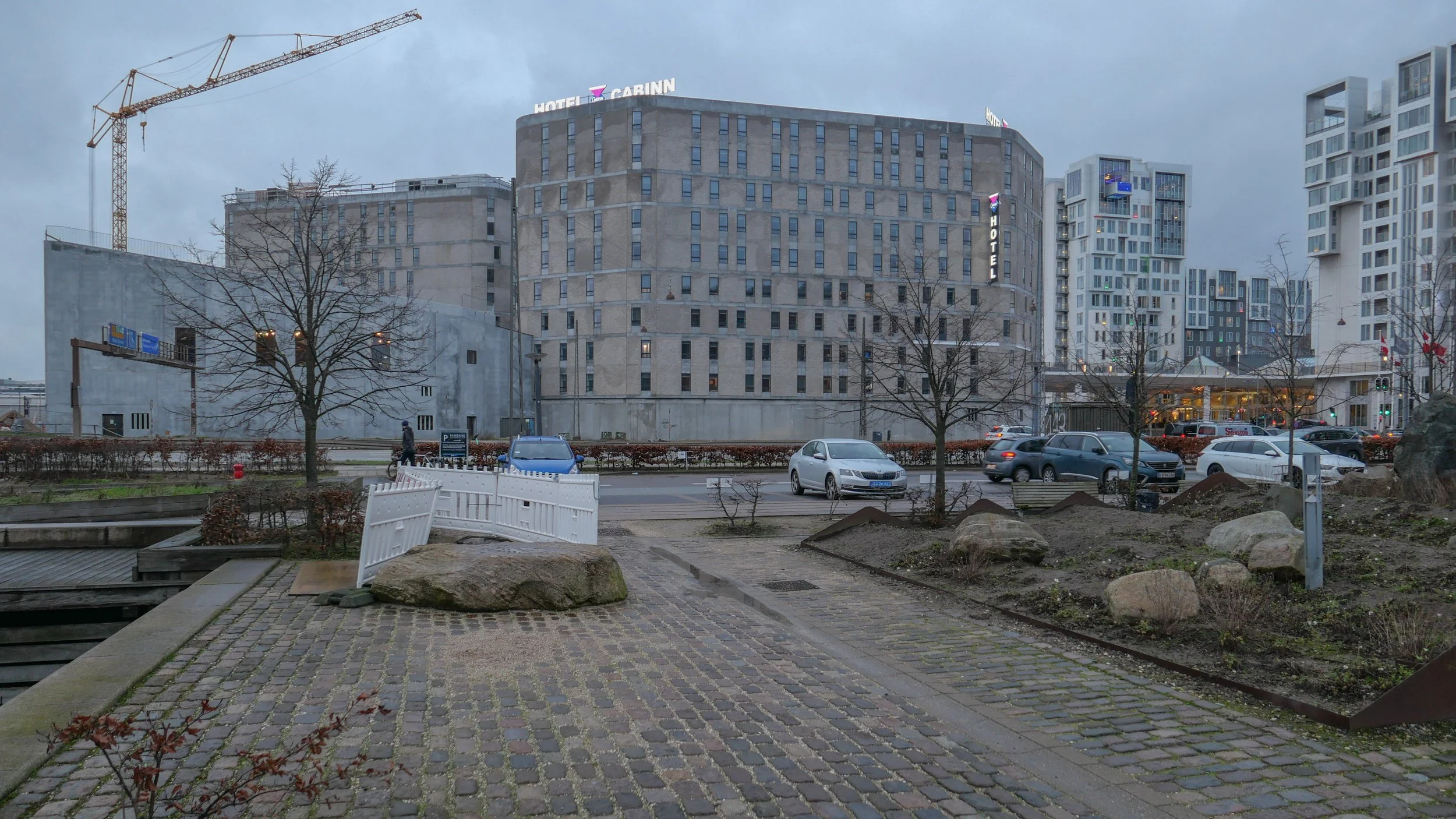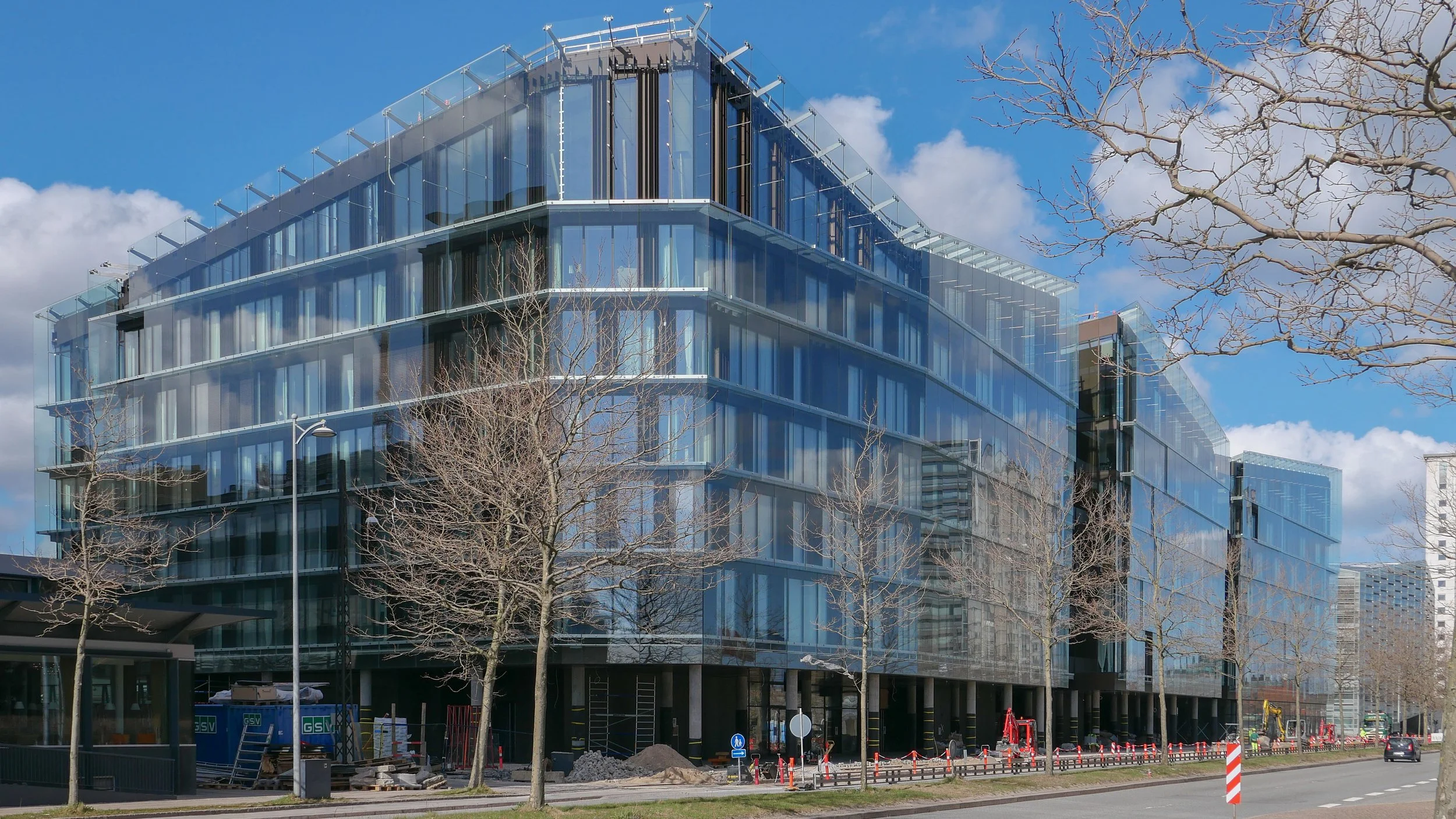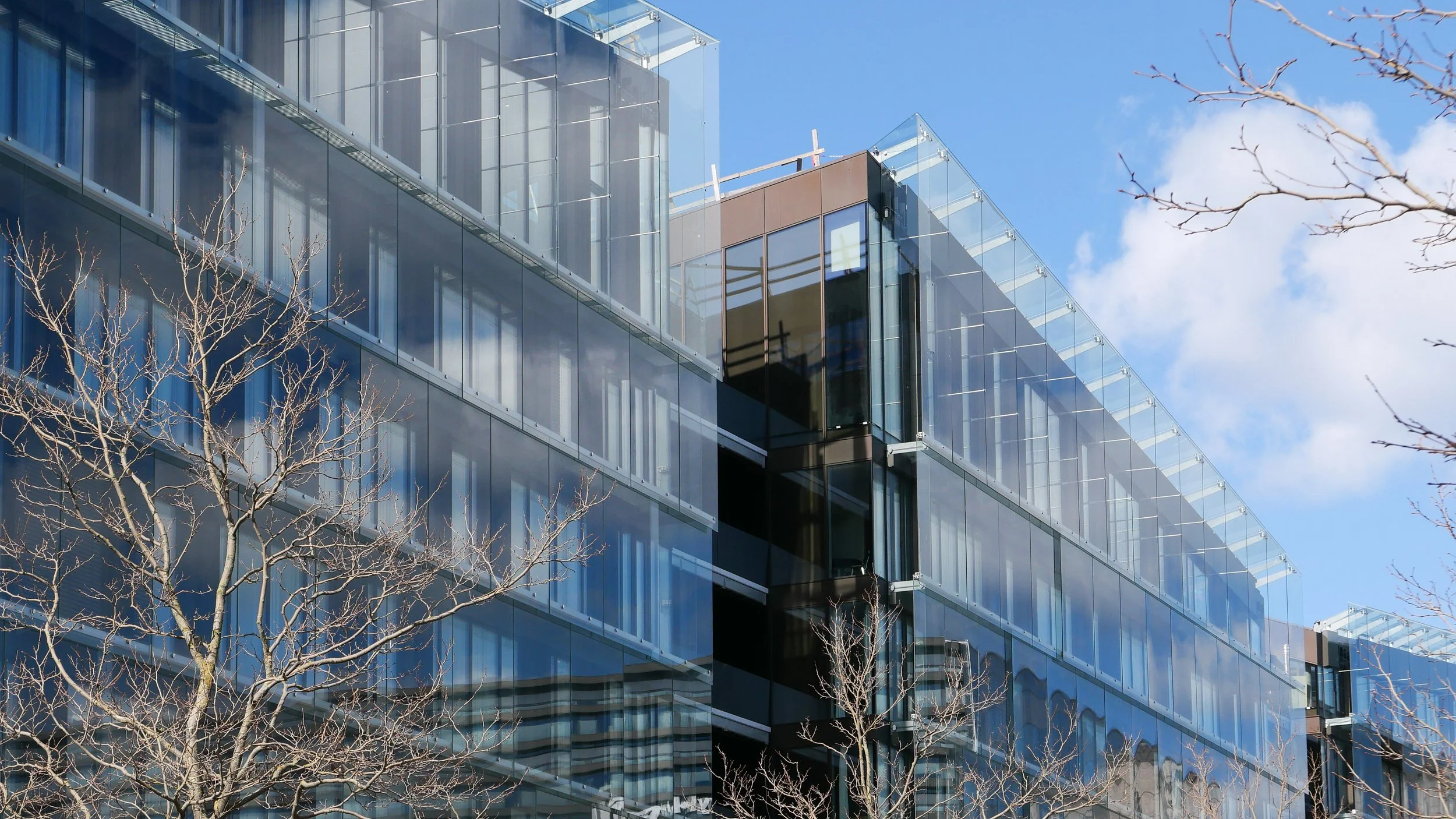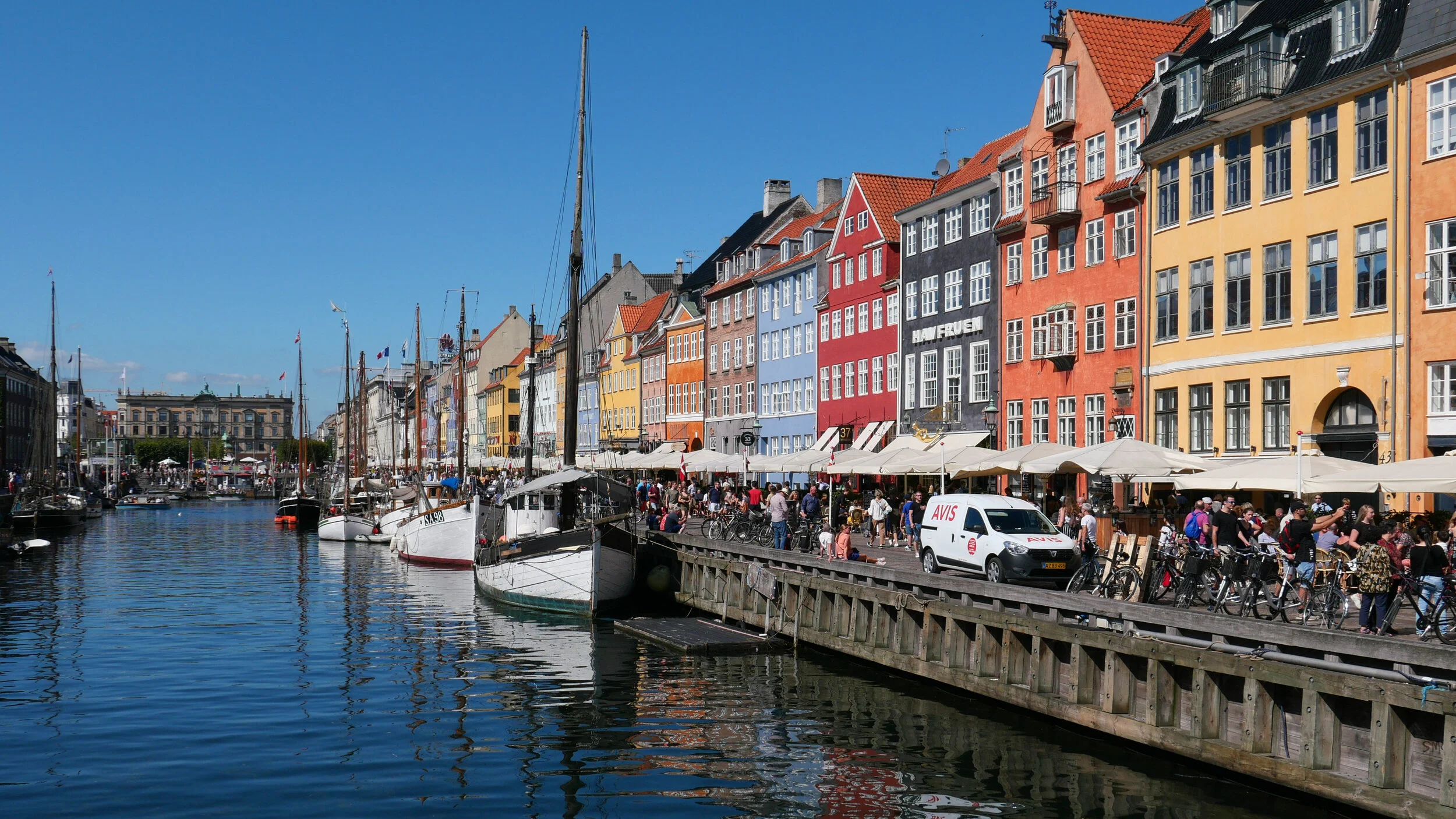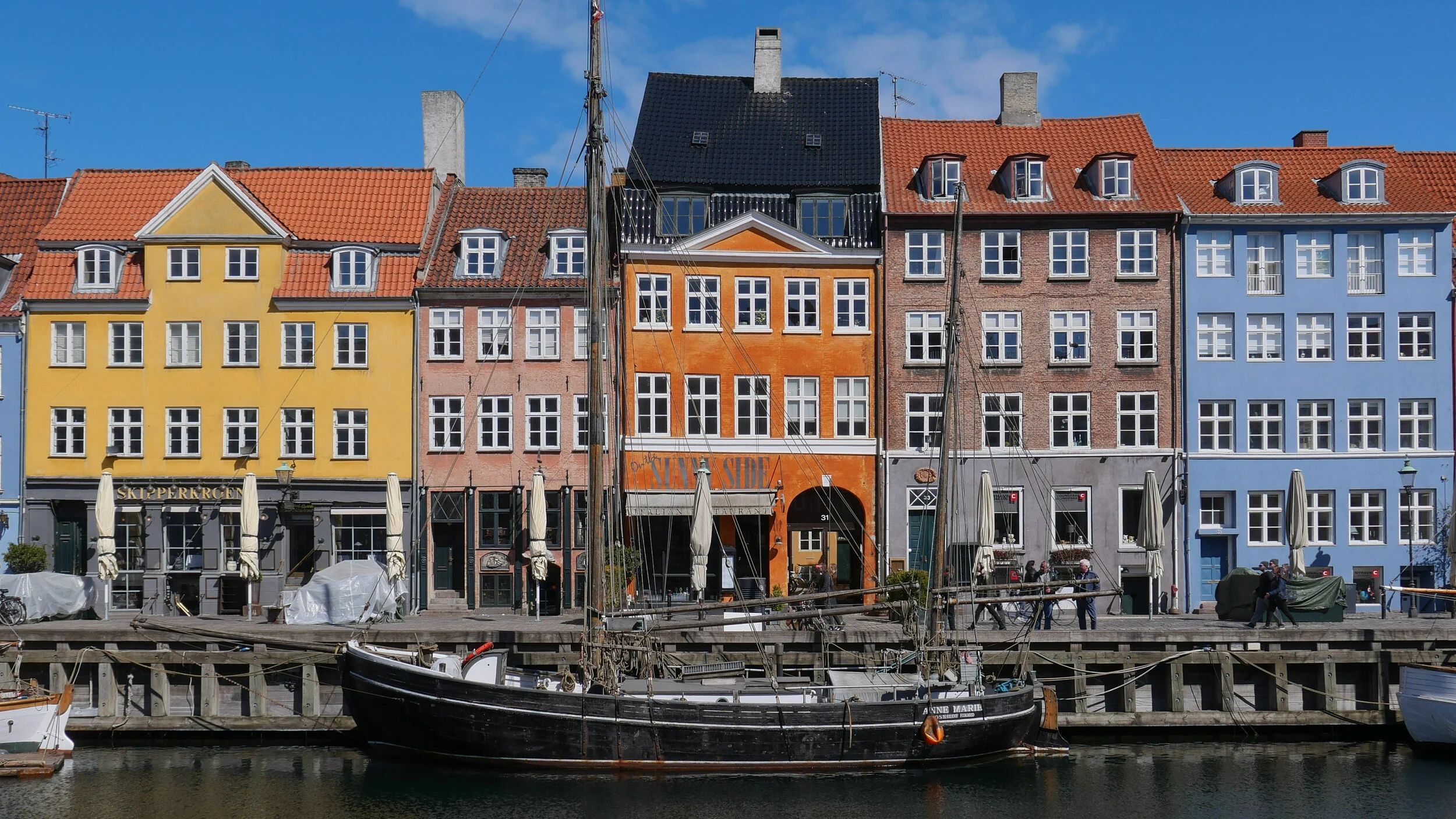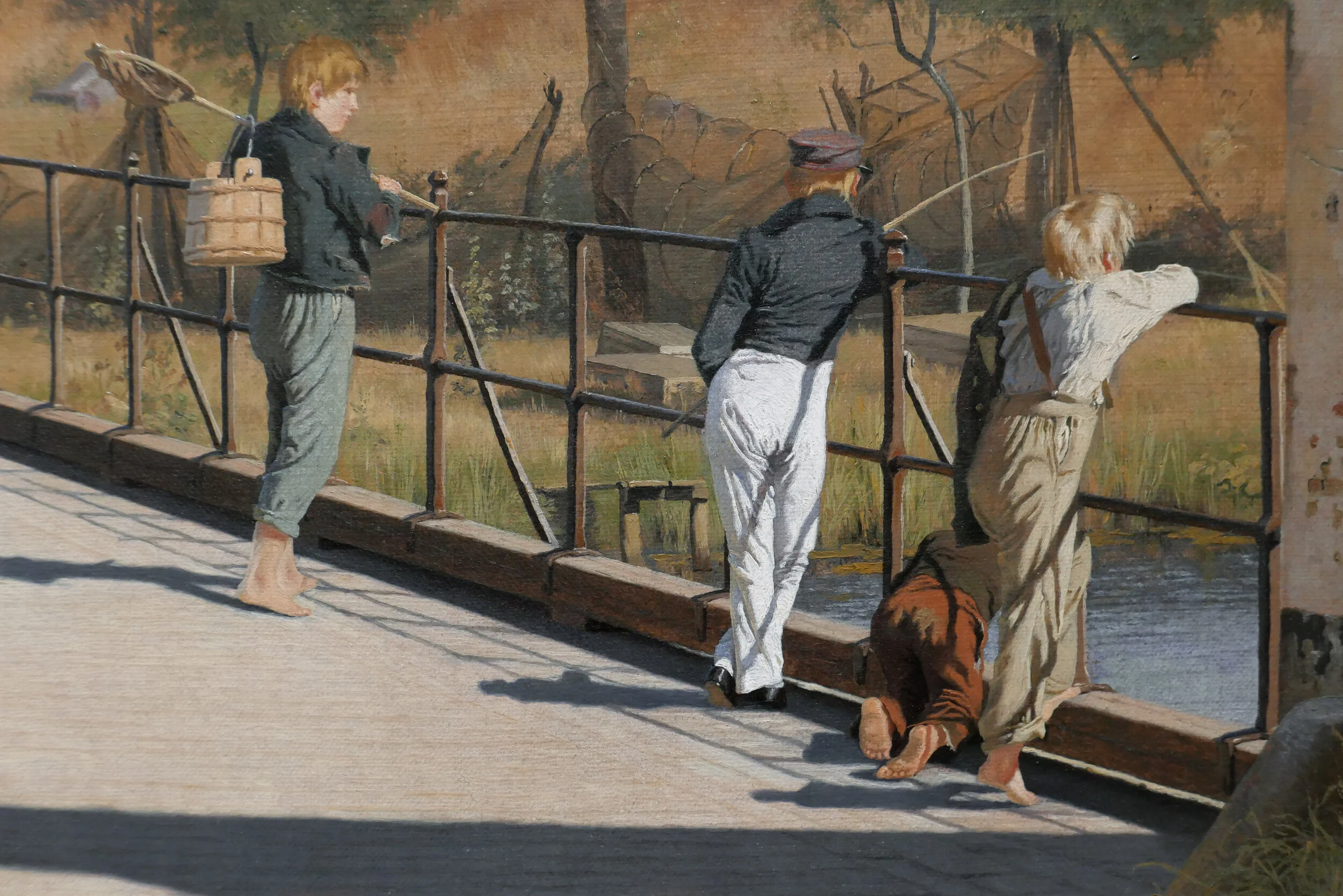is the area around Kalvebod Brygge the new hotel quarter of Copenhagen?
/the water front of the south harbour from Amager with the new Hotel Cabinn to the left, the white towers of the Tivoli Congress Center behind the office buildings and the Copenhagen Marriott to the right
At the city end, Kalvebod Brygge starts just south of HC Andersons Boulevard and Langebro and runs in a straight line to Otto Busses Vej - just beyond the Fisketorvet shopping centre - a distance of 1.6 kilometres. This is a wide and busy dual carriageway that from the 1960s has been the main road into the city from the south.
As part of the first redevelopment of the south harbour, in the 1990s, the quay was extended out into the harbour and a line of fairly characterless office buildings were constructed. The city was almost bankrupt and development of the port was crucial so the development allowed does not not make the most inspired use of the harbour - and certainly not as it is now - although buildings at the city end of Kalvebod Brygge, around a square south of Hambrosgade, are more distinguished.
As an area, the streets and squares north of Kalvebod Brygge form a rather odd shape that is 550 metres deep at the city end - from the harbour along HC Andersens Boulevard to the south-east corner of Tivoli - but the main railway tracks take out a great arc from the north-west side so that at the south end - at Otto Busses Vej - the area is only 200 metres deep from Kalvebod Brygge back to the railway.
The first large hotel in this part of the city was the tower of what is now the Danhostel - on HC Andersens Boulevard, against the south side of Langebro. When it opened in 1955, it was the tallest building in Copenhagen and was called the Europa Hotel.
The Copenhagen Marriott, 270 metres from Langebro, was designed by PLH Architects, and opened in 2001 and Copenhagen Island - a large hotel, close to a shopping centre at Fisketorvet designed by Kim Utzon - opened in June 2006.
By far the largest hotel complex is the Tivoli Congress Center, on the railway side of Kalvebod Brygge, with all three large blocks designed by Kim Utzon The Hotel Wakeup and the Hotel Harbour Tower were built in 2009 and the City Tower in 2016.
Recently, two new luxury hotels have opened at the north edge of the area, close to Tivoli, with the Nobis Hotel in the old building of the Danish Academy of Music on HC Andersens Boulevard and Villa Copenhagen in a prominent circa 1900 building that was the offices of Danish Post Office.
To these have now been added The Cabinn Hotel on Kalvebod Brygge - probably the ugliest building in the city from the last few years - and the recently-opened Next House Hotel, again by Kim Utzon. The next hotel in the area will be the Scandic Spectrum on Kalvebod Brygge by Dissing+Weitling that will open in June.
In a number of posts, I have written that I feel strongly that the dramatic and rapid rise in the number of tourists coming to the city and the construction of a large number of new hotels in the city over the last decade is one of the biggest threats to the character of the Copenhagen but one that is barely discussed by politicians.
The arguments for would probably be the creation of jobs, inward investment and money spent by tourists in the city in shops and at tourist destinations.
My argument against is that the huge number of tourists and, of course, all the passengers from cruise ships - just under a million in 2019 in the year before the pandemic - are swamping the city and changing the character of Copenhagen.
If you think that the number of new hotels around Kalvebod Brygge is hardly a tidal wave then maybe consider the figures. In just this one part of the city, many of the hotels are not just large but several of them are run as hostels with family or group rooms with four or more beds. Obviously that, in itself, is not a bad thing, but In just this part of the city, at a conservative estimate, there are rooms and beds for 13,500 visitors a night if you assume that there could be two people in most rooms. Not all of the rooms will be occupied on any one night but, before the pandemic, Copenhagen had occupancy rates of 80% and I am sure that all the hotels will be aiming to get back to that level as soon as possible now that pandemic restrictions have been eased.
If 13,500 does not sound like a particularly large number of tourists then consider that only 10,000 people are permanent residents in Christianshavn so, just in theory, every single person living in Christianshavn could march over Langebro and, together, they could have a weekend away. I can actually think of better ways to bond and the irony is that, of all the areas in the city, Kalvebod Brygge is probably the least likely part of the city that residents of Christianshavn would visit … unless they were cutting through to Vesterbro.
the first number is rooms and, for the hostel hotels, the second number is beds
Although this area along Kalvebod Brygge is close to Ny Carlsberg Glyptotek and close to Tivoli, there are few other attractions for tourists in the immediate area. The buildings along the quay are some of the most boring modern buildings in the city but the harbour here is relatively wide and sheltered. If city planners want to make a success of this area and if, as they have said, they want to divert tourists away from the key sites, like Nyhavn, that now get very crowded, then they should consider extending pontoons out into the harbour with historic ships moored here and with restaurant ships here rather than in Nyhavn as proposed by some.
There might be an appropriate sailing ship to convert to a youth hostel - so a Copenhagen version of the Af Chapmann in Stockholm - or a group of the Urban Rigger floating shipping containers, designed by Bjarke Ingels as accommodation for students, could be moored here.
In theory, if the pandemic really is beaten and if tourists return, and if hotels get back to 80% occupancy rates, then around 4 million tourists a year could be staying in just this relatively small area of the city so it might be an idea to give them something to see and something to do.
is the growth of tourism in the city a threat? January 2022





